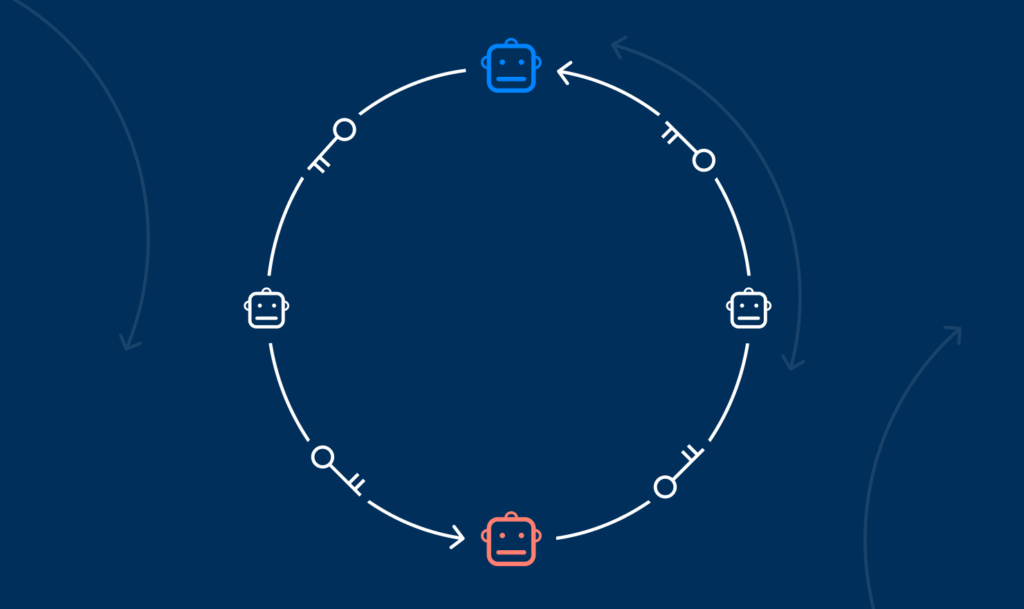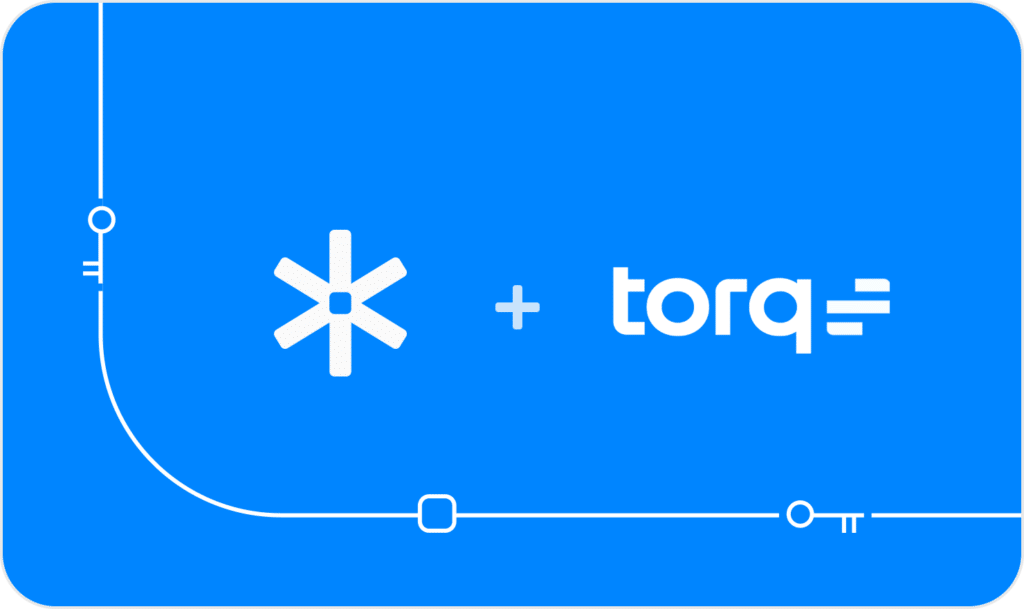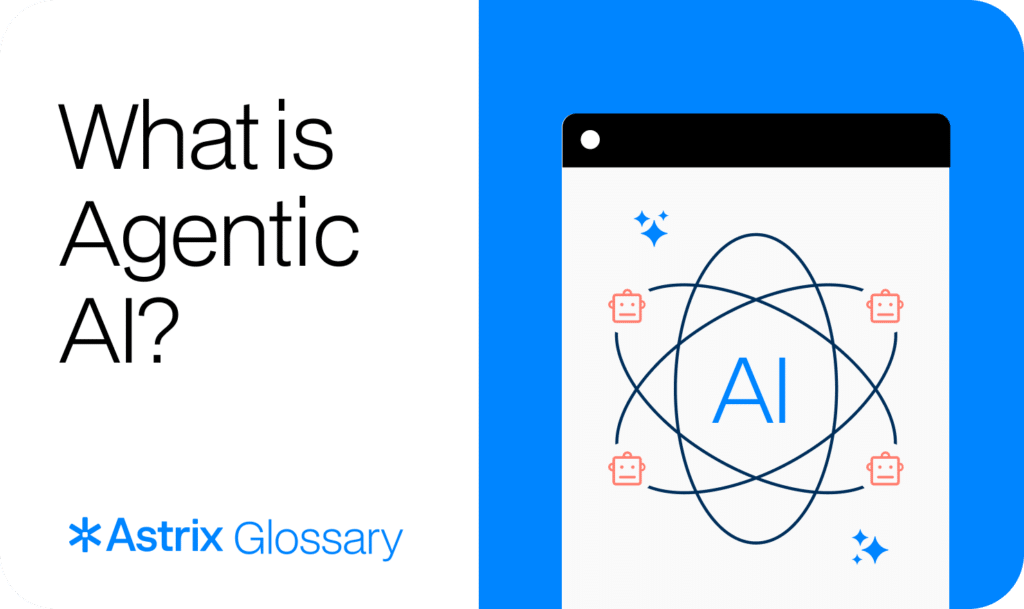Identity Threat Detection And Response (ITDR)
Identity Threat Detection and Response (ITDR) is a framework that focuses on protecting your organization from being compromised by threat actors exploiting your organization’s identities. Practically, ITDR solutions include system policies, best practices, and effective tools to monitor, detect, and respond to identity-based threats in real-time across an organization’s environments.
Some other known identity threat frameworks in cybersecurity include IAM (Identity Access Management), PAM (Privileged Access Management), and IGA (Identity Governance and Administration). Each one has its own specific pros and cons, but traditionally, they are all mainly focused on securing human identities in systems, such as users and admins.
However, non-human identities are often overlooked in those frameworks, neglecting significant risks and vulnerabilities that have become more and more favored by attackers.
What is non-human ITDR and why is it important?
With the growing use of cloud services and APIs, controlling non-human identities has become increasingly critical to organizations’ safety. Non-human identities like service accounts, API keys, OAuth tokens, and other machine credentials enable automatic access and communication between different systems and applications within your organization’s environments.
Handling non-human identity risks is crucial because they are often highly privileged and, more importantly, ungoverned, creating a wide attack surface. If a non-human identity is compromised, attackers can escalate privileges, gain control of sensitive data, and access the entire organization’s systems.
This is why a non-human ITDR solution is key. A comprehensive ITDR solution that addresses non-human identities and their unique risks will assess the threat level of each non-human identity based on factors such as permissions, scopes, third-party vendors, rotation policy, and behavior. The solution will also Inventory and manage all your exposed secrets, determining which service the secret is used for, its permissions, owner, and rotation or revocation policy.
Unlike other solutions, such as CNAPP (Cloud-Native Application Protection Platform) or SSPM (SaaS Security Posture Management), a non-human IDTR solution should work across all environments (cloud, on-premise, and third-party apps) and provide comprehensive security capabilities.
Astrix’s unique Non-human ITDR Capabilities were purposely built to address the unique risks and challenges of non-human identities.
What are Astrix’s unique security capabilities for non-human ITDR?
- Behavioral threat detection and analysis in real-time: AI-based threat engines detect abuse of NHIs based on anomaly indicators such as unusual IP, user agent, and activity. Detailed investigation guides and activity logs help you respond swiftly.
- Vendor supply chain attacks response: Drastically expedite incident response when one of your vendors is compromised. Map every associated NHI, see everything it’s connected to and what it’s used for to quickly rotate or remove without breaking business processes.
- Policy deviations: Prevent NHI abuse by enforcing organizational policies on NHIs. Use your existing tools to mitigate policy deviations such as access from forbidden geos, number of API calls and more.
ITDR solutions enable organizations to detect and respond to identity-based threats in real time and minimize the impact of potential breaches. By implementing a comprehensive non-human ITDR solution, your organization can significantly reduce the risk of non-human identity-based attacks.
Click here for a demo of Astrix Non-Human ITDR.


























